The Economic Value of Sharks
Shark tourism is a rapidly growing industry that generates millions of dollars every year. This revenue not only benefits shark diving operators but also many other sectors of the economy. Increased tourism in locations famous for shark diving helps to stimulate development of the region, generates revenue for the government and provides local communities with an incentive to protect their shark populations. More detailed studies are needed to provide up to date and reliable figures of the true value of shark tourism globally but the message is clear: Shark tourism is good for the economy and for shark conservation!
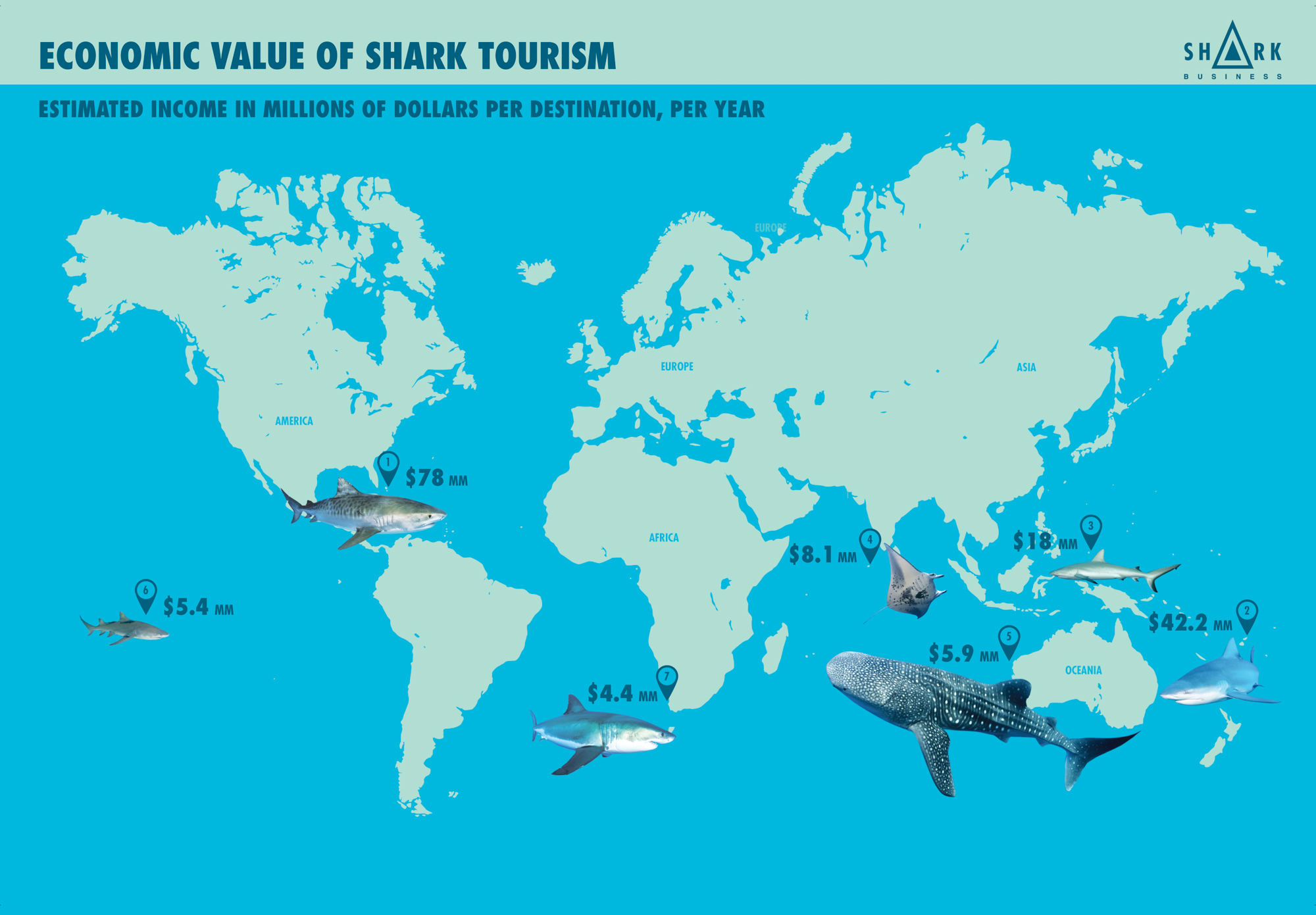
1. BAHAMAS – US$ 109.3 Million
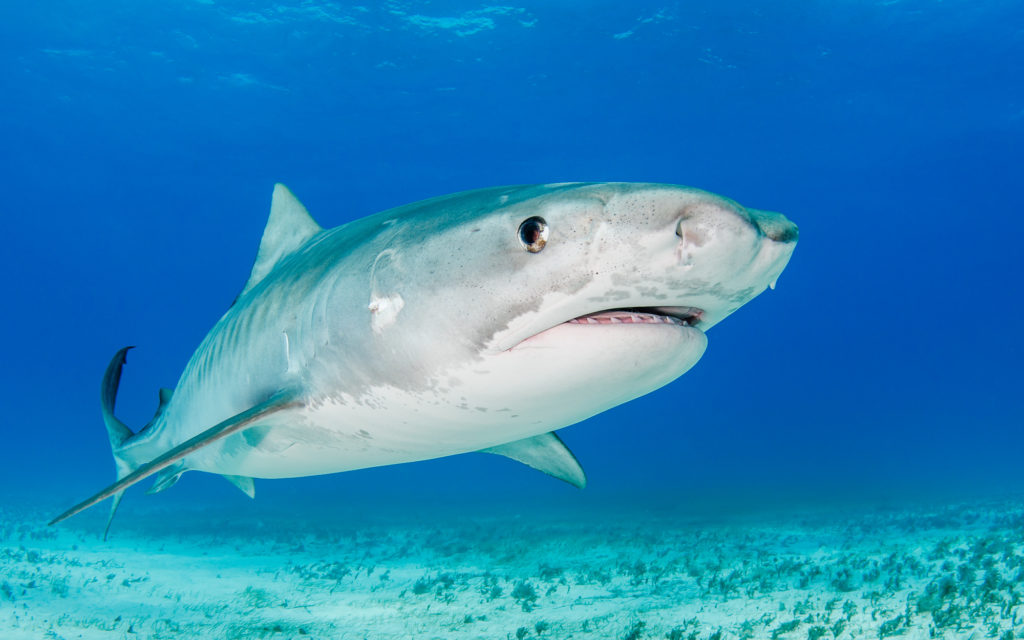
Considered the shark diving capital of the world due to the abundance of large sharks and dive operators, The shark diving industry in the Bahamas contributes approximately $113.8 million USD annually to the economy in direct and value added expenditures (Haas et al. 2017).
– Species: Caribbean reef shark (Carcharhinus perezi), tiger shark (Galeocerdo cuvier), great hammerhead (Sphyrna mokarran), oceanic whitetip (Carcharhinus longimanus), lemon (Negaprion brevirostris), nurse (Ginglymostoma cirratum) and bull (Carcharhinus leucas) sharks
2. FIJI – US$ 42.2 Million
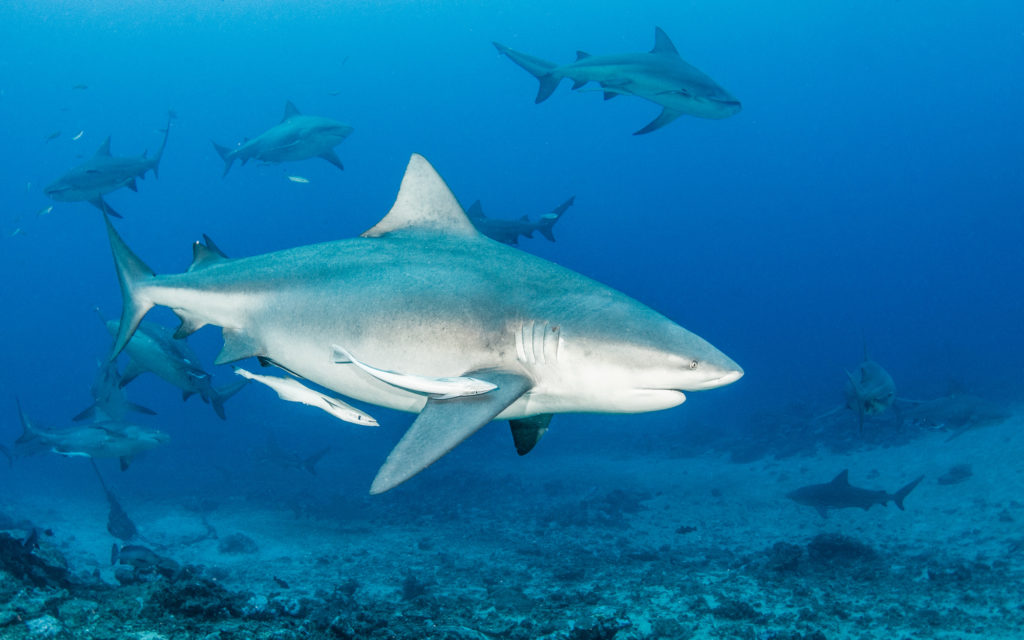 Conservative calculations recently demonstrated that shark diving contributed US $42.2 million to the economy of Fiji, a sum composed of revenues generated by the industry combined with the taxes paid by shark-divers to the government (Vianna et al. 2012).
Conservative calculations recently demonstrated that shark diving contributed US $42.2 million to the economy of Fiji, a sum composed of revenues generated by the industry combined with the taxes paid by shark-divers to the government (Vianna et al. 2012).
– Species: Bull shark (Carcharhinus leucas), tiger sharks (Galeocerdo curvier), grey reef (Carcharhinus amblyrhynchos), whitetip reef (Triaenodon obesus), blacktip reef (C. melanopterus), silvertip (C. albimarginatus), sicklefin lemon (Negaprion acutidens) and tawny nurse (Nebrius ferrugineus) sharks
3. PALAU – US$ 18 Million
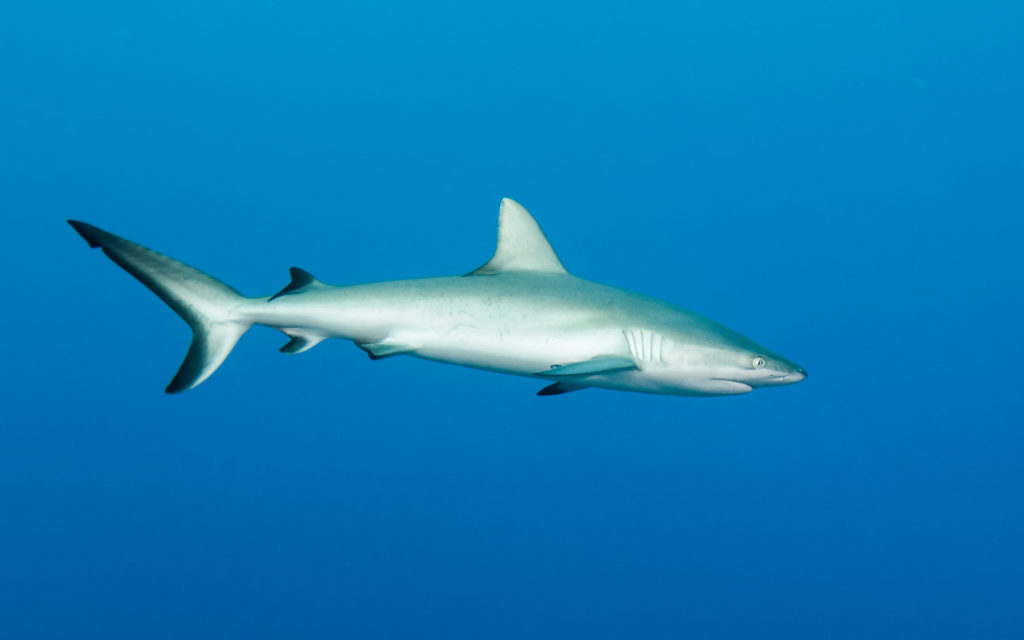
Using data collected from surveys, as well as government statistics, scientists showed that shark diving is a major contributor to the economy of Palau, accounting for approximately 8% of the gross domestic product of the country. Annually, shark diving is responsible for the disbursement of US$ 1.2 million in salaries to the local community, and generated US$ 1.5 million in taxes to the government (Vianna et al. 2011).
– Species: Grey reef shark (Carcharhinus amblyrhynchos), whitetip reef shark (Triaenodon obesus), leopard shark (Triakis semifasciata) and the reef manta ray (Manta alfredi)
4. MALDIVES – US$ 8.1 Million
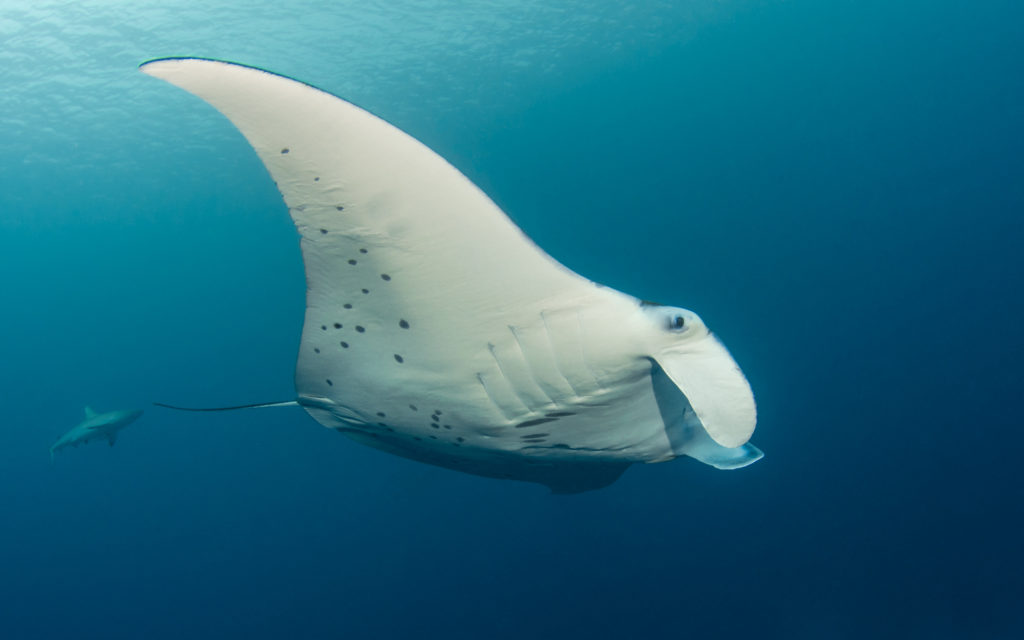
Scientists assessed the extent and economic value of manta ray watching in the Maldives, by surveys of tourist numbers at manta diving sites, and from interviews with divers. This was estimated to be worth about US$ 8.1 million per year in direct revenue (Anderson et al. 2011).
– Species: Reef manta ray (Manta alfredi)
5. AUSTRALIA – US$ 5.9 Million
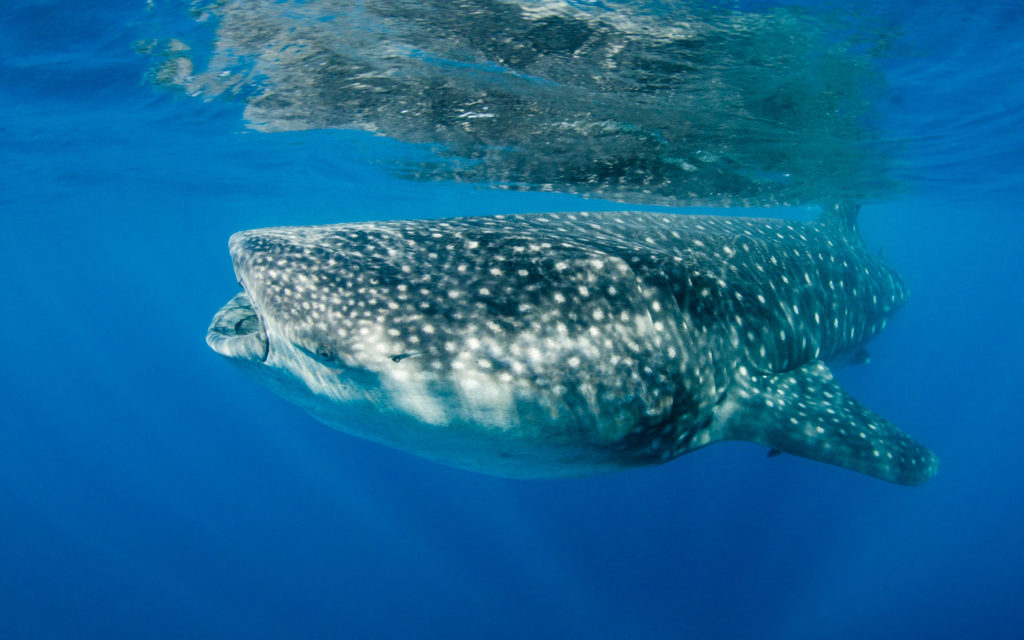
A 2006 study revealed whale shark tour participants spent $6.0 million in the Ningaloo Coast region of Western Australia and added between $2.4 million and $4.6 million to the regional economy in direct expenditure (Jones et al. 2009).
– Species: Whale shark (Rhincodon typus)
6. MOOREA – US$ 5.4 Million
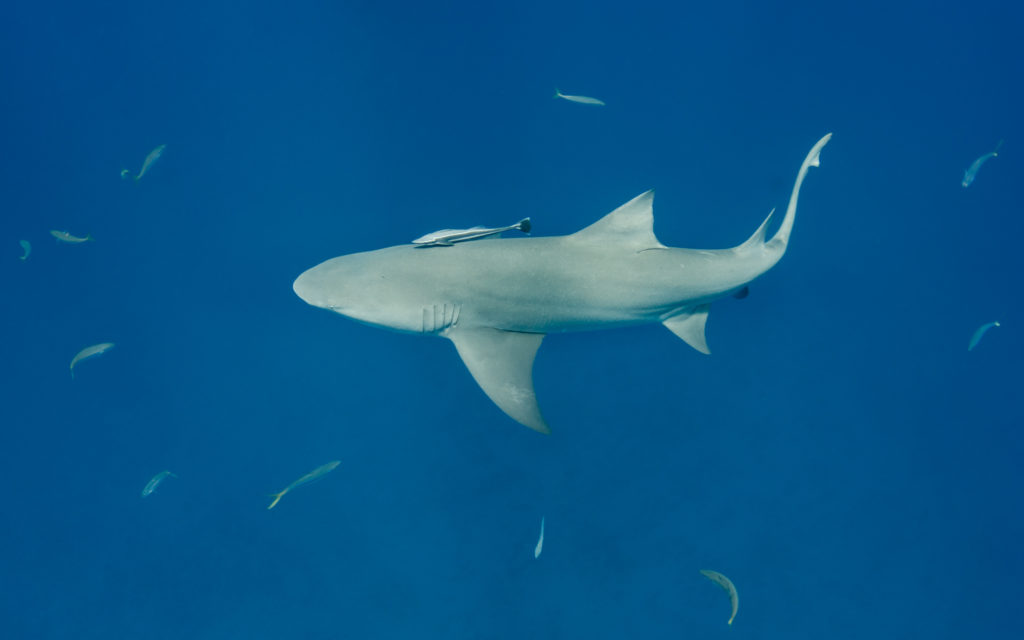
During a 57-month study, scientists were able to individually recognise 39 sicklefin lemon sharks that support a shark-feeding ecotourism activity in Moorea Island. They calculated the revenue generated by the provisioning site, based on the expenses of local and international divers (Clua et al. 2013).
– Species: Sicklefin lemon shark (Negaprion acutidens)
7. GANSBAAI – US$ 4.4 Million
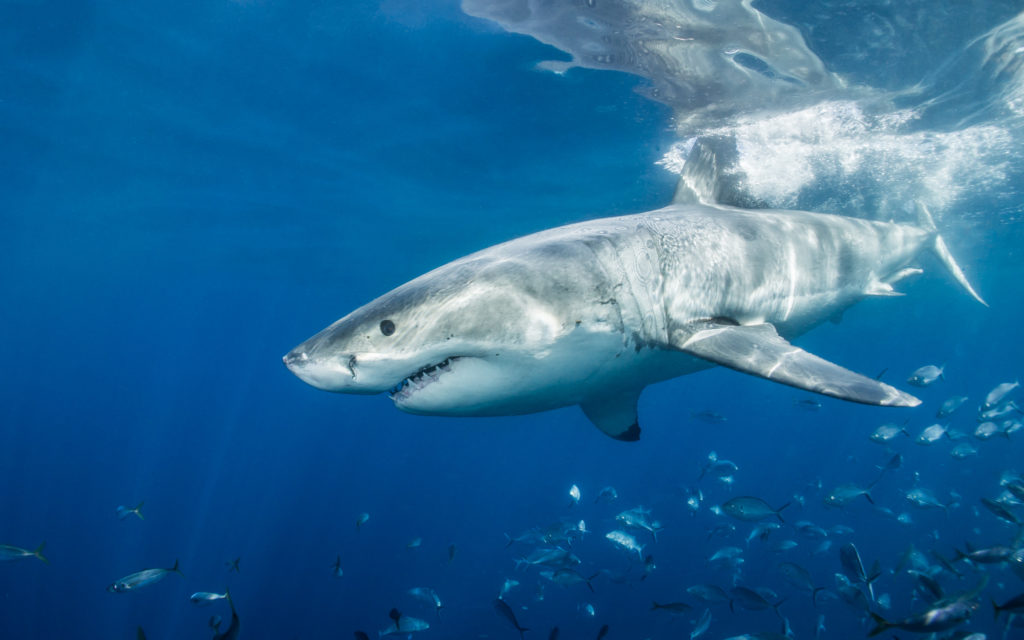 South Africa is home to many different species of sharks but is most famous for its well established cage diving industry. An analysis of one prominent operator led scientists to estimate a value of 4.4 million dollars per year and showed substantial economic growth over time (Hara et al. 2003).
South Africa is home to many different species of sharks but is most famous for its well established cage diving industry. An analysis of one prominent operator led scientists to estimate a value of 4.4 million dollars per year and showed substantial economic growth over time (Hara et al. 2003).
– Species: Great white shark (Carcharodon carcharias)



